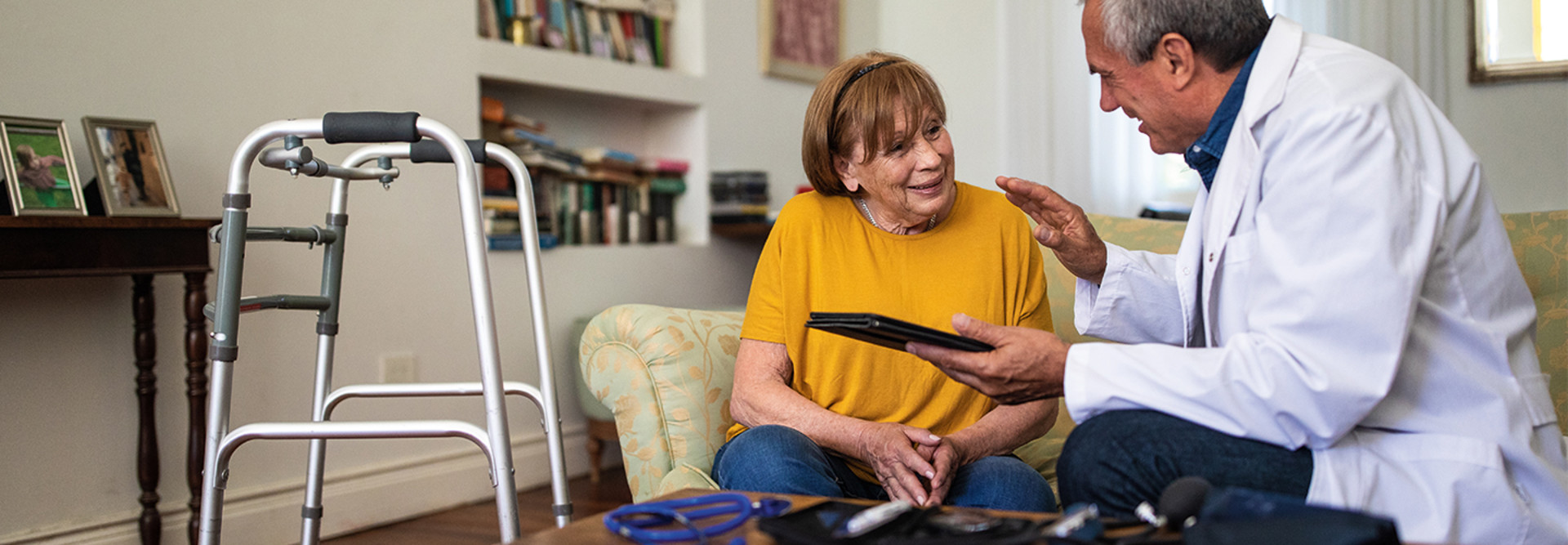Transformational Shifts Among Home Healthcare
A 2018 AARP survey found that 76 percent of adults ages 50 and older prefer to remain in their current residence. And with nursing homes and long-term-care centers hard hit during the pandemic, the importance of other care options, such as home healthcare, has increased.
Home healthcare has, for a long time, been paper-based, and many companies are still figuring out what digital transformation will look like for them. Companies are looking at ways they can use technology to improve efficiency, facilitate clinical and caregiver workflows, provide a better patient experience and potentially take advantage of reimbursement from the federal government.
The pandemic has made clear the need to digitize, especially with telemedicine options. Modern telemedicine can now be a central part of an organization’s strategy for patient care, rather than an auxiliary, nice-to-have function.
The wider implementation of telemedicine has also put a focus on the importance of investing in a strong technological infrastructure. An effective telemedicine strategy needs a strong digital foundation that is able to integrate with existing systems and provide more efficient service.
Improvements in home healthcare IT can support caregivers as well. Digitization can help caregivers focus on patients rather than spending time on data entry and sifting through stacks of papers.
READ MORE: Smart technologies create a more connected environment for older adults.
Broadband Access Is a Key Consideration in Home Healthcare
For people choosing to stay at home to receive care, home healthcare companies should be flexible and adapt to the needs of their customers, gauging whether technological concerns can be met. Wireless infrastructure, tech literacy and cybersecurity are all important, connected aspects that need to be addressed for home healthcare companies on behalf of their patients.
Nearly 22 million older adults in the U.S. do not have access to wired broadband at home, which represents 42 percent of the country’s over-65 population, according to a recent report from the Humana Foundation and Older Adults Technology Services. That’s something that home healthcare providers must keep in mind as part of their onboarding process.
Companies also need to make sure the user experience is resilient; for instance, if connectivity is bad or something happens to a device, they need to be able to recover.













